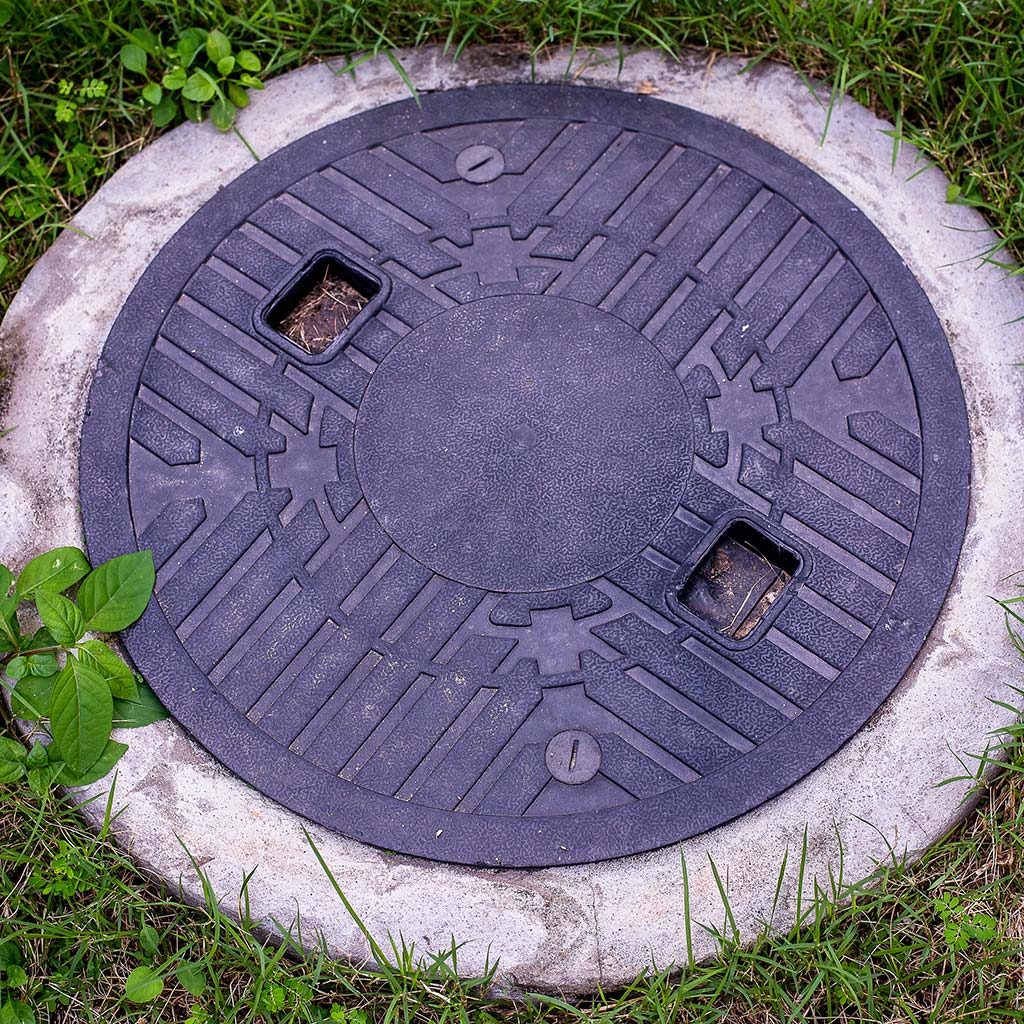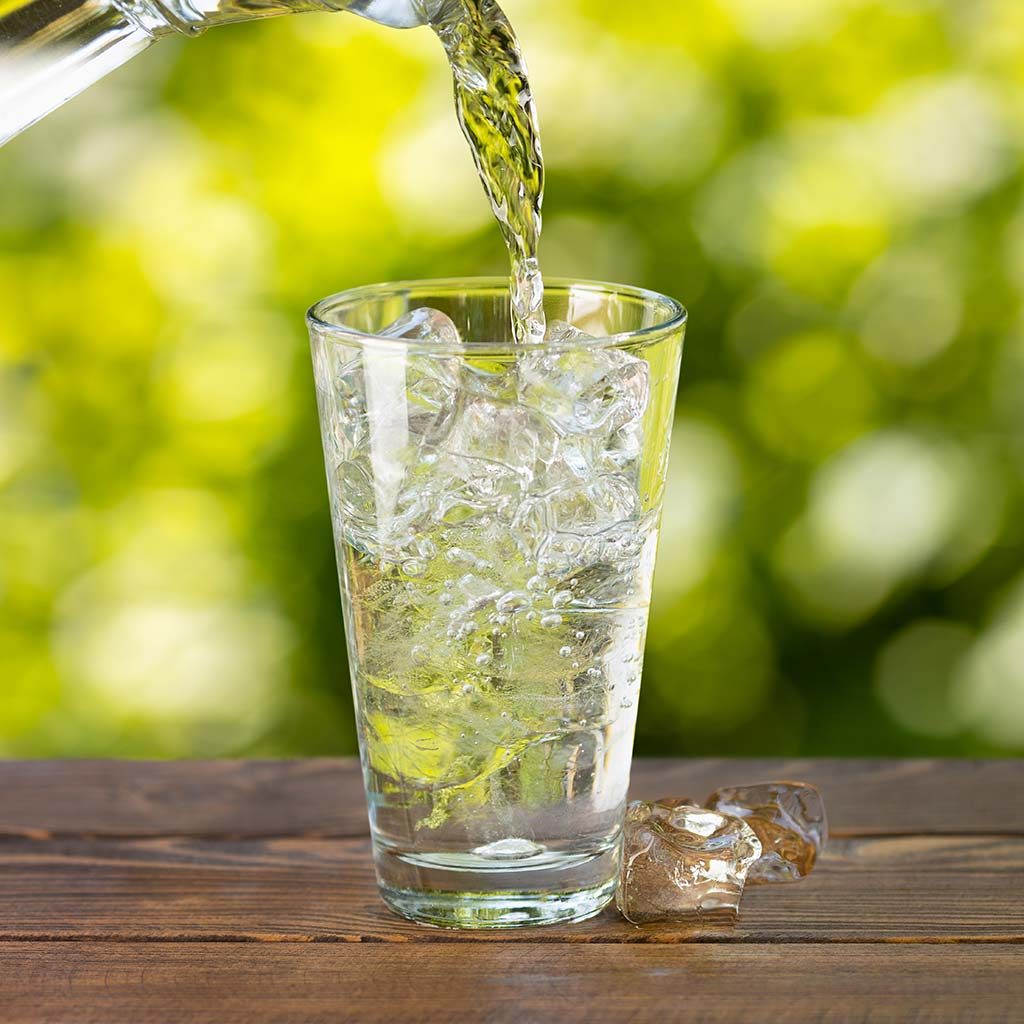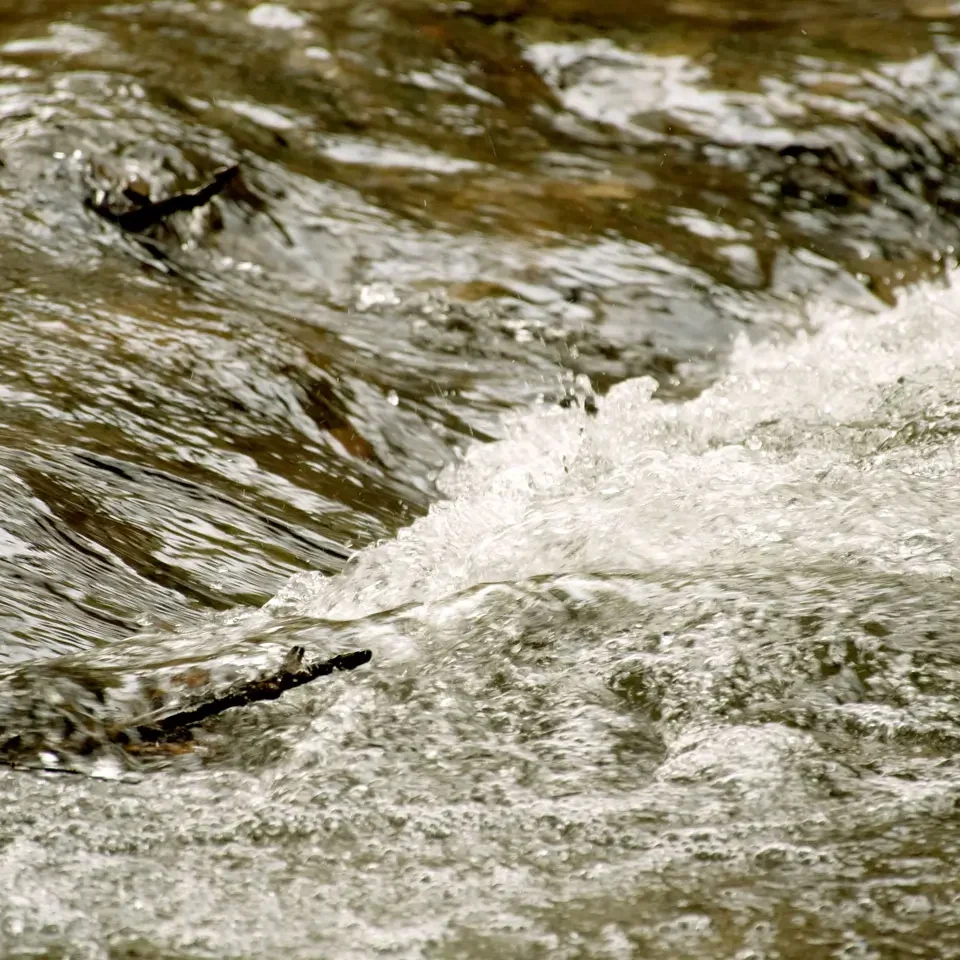

About the Creighton Heights Municipal Drinking Water System
The Creighton Heights Municipal Drinking Water System is 1 of 53 municipal residential drinking water systems in the Trent Conservation Coalition Source Protection Region, and 1 of 6 such systems in the Ganaraska Region Source Protection Area.
On January 1, 2015, policies set out in the Ganaraska Source Protection Plan came into effect to better protect the source water for the municipal drinking water system by reducing or eliminating significant threats associated with certain land based activities. The Plan was developed under the Clean Water Act, 2006, in response to the Walkerton Inquiry.
Wellhead Protection Area Map
| Water Source | Groundwater |
|---|---|
| Owned By | Township of Hamilton |
| Operating Authority | Township of Hamilton |
| Serviced Population | 995 (approximately) |
| Annual Pump Rate | 327 cubic metres per day (average) |
| Well Depth | Well 1: 62.0 metres Well 6: 64.9 metres Well 7: 63.4 metres |
| Aquifer Type | Confined overburden, flowing artesian |
| Treatment System | Treatment is in place to remove and control iron, manganese, methane, and ammonia. |
Data Published & Sources: August 2016
Drinking Water Threats
A drinking water threat is a land-based activity that can impact the quality of a municipal drinking water source, due to a spill or leak.
Drinking water threats can only occur in the Creighton Heights Wellhead Protection (as shown in the included maps) and illustrated on the Policy Applicability Map, included in the Ganaraska Source Protection Plan.
Within the Creighton Heights Wellhead Protection Area, the current existing significant drinking water threats include septic systems, home heating fuel oil and dense, non-aqueous, phase liquids (used in automotive industry).
Threats to Sources of Drinking Water
The Clean Water Act, 2006, identifies 22 activities that can pose a threat to sources of drinking water. To simplify things, these threats have been grouped into the seven categories below.
The location, scale and nature of an activity determine if it poses a low, moderate or significant threat to the municipal drinking water source. Policies in the Ganaraska Source Protection Plan only apply to significant drinking water threats.

Contact Information
Jessica Mueller
Watershed Hydrogeologist /
Source Water Protection Lead
Ganaraska Region Conservation Authority
Phone: 905.885.8173 x222
Email: jmueller@grca.on.ca
Anita Schoenleber
Manager of Water Operations / Risk Management Official
Township of Hamilton
Phone: 905.342.2810 x147
Email: aschoenleber@hamiltontownship.ca
